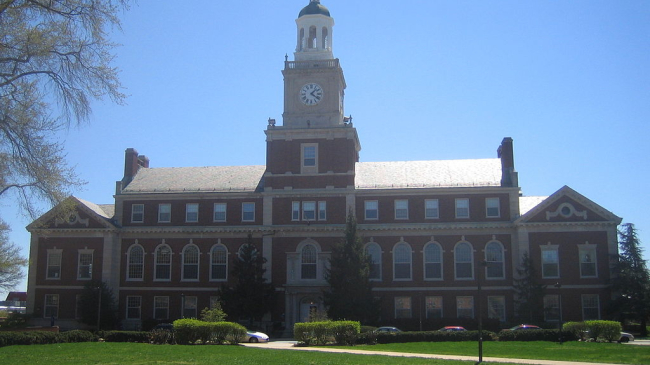One of the world’s premier science centers, the San Francisco Exploratorium offsite link, has been reaching the public through creative programs and exhibits that let visitors experience scientific discovery for over 40 years. That experience also includes NOAA science, thanks to a partnership started in 2009 to bring oceanic and atmospheric science to the public.

Exploratorium visitors examine marine life collected from NOAA's pCO2 buoy. (Image credit: Lisa Strong/Exploratorium)
Scientists from all NOAA disciplines are contributing expertise and data, and in some cases have been embedded in the Exploratorium – not just as advisors, but as interpreters of data and co-developers of exhibits and programs that are helping the Exploratorium take advantage of their space over the water on Pier 15.
"The NOAA partnership and our work with scientists across the agency have given us a leg up on developing exhibits and programs that reflect current research on weather, fisheries, climate, and environmental monitoring of the San Francisco Bay and California coastline,” said Mary Miller, director of the NOAA-Exploratorium partnership.
Curious onlookers have a chance to witness science as it is happening when research vessels pull up to the pier to process samples in full view of Exploratorium visitors. Visitors can tour NOAA’s newest, high-tech fisheries survey vessels and learn about the connections between large-scale climate processes and fisheries cycles.

Benefits of the partnership extend far beyond the pier. NOAA scientists participating in the partnership have had opportunities to build the skills they need to communicate about their research and its importance to society – no easy feat. Thanks to the Scientists In Residence Program, there is now a small army of the Exploratorium’s High School Explainers, trained by NOAA scientists, ready to explain NOAA science on subjects ranging from climate and weather to ocean acoustics to salmon.
Going beyond NOAA and the education community, the partnership is benefitting the broader science community as well. As a result of this collaboration, the Exploratorium's “Wired Pier” is collecting and contributing data to the Integrated Ocean Observing System, benefiting the ocean observing community and end users alike.
As Dennis Bartels, former Executive Director of the Exploratorium explained, "We knew with our move to the San Francisco piers that we'd have wonderful opportunities to explore the Bay, oceans and atmosphere. What better group of scientists are there on these very subjects than NOAA?"
This story was provided by NOAA Research, a member of the NOAA Education Council, as part of our ongoing effort to share education accomplishments from across NOAA.



